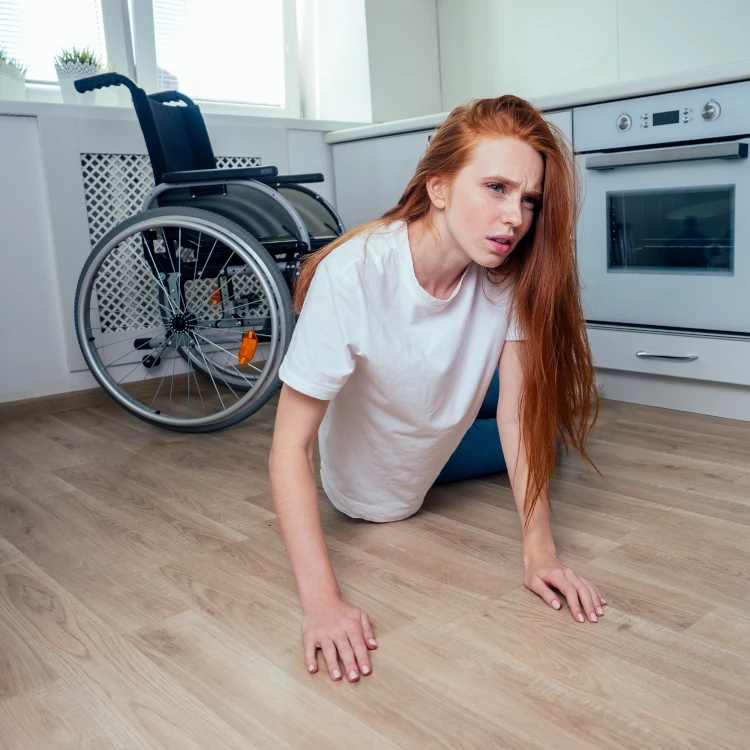It’s well documented that race, income, geography, and other factors can have a huge impact on individual amputees’ health status. But there’s another fault line in patient outcomes, according to two new studies: sex.
The most surprising finding comes from public health researchers at the University of Michigan, who found that women are far more likely than men to wait 90+ days after lower-limb amputation to receive a prosthesis. That conclusion is based on seven years’ worth of insurance data, encompassing more than 4,000 patients—a hearty sample size. Nearly 40 percent of men who received a prosthesis did so within 90 days, versus only 30 percent of women. With a bit of statistical analysis, the authors found that women wait, on average, 33 percent longer than men to receive their first prosthesis — i.e., a 90-day wait for a man translates into a 120-day wait for a woman.
What are the implications of such a delay? A sizable body of research correlates delayed prosthetic acquisition with all sorts of adverse outcomes, including prosthetic abandonment, reduced mobility, lower quality of life, and decline in overall health indicators. According to a 2020 paper, longer waits to prosthetic fitting drive up healthcare costs by roughly 25 percent, due to increased postsurgical complications, rehospitalizations, fall-related injuries, etc.
Which leads us to the second investigation into amputee care for women. In a nationwide survey of amputees, women reported significantly worse satisfaction with their prosthesis on a range of indicators, including body image, activity level, satisfaction with device function, social adjustment, and aesthetic factors. The study, which is summarized in this month’s edition of Archives of Physical Medicine and Rehabilitation, was conducted by a multidisciplinary team of rehabilitation doctors, occupational therapists, trauma specialists, and other clinicians affiliated with the James J. Peters VA center in New York City. Data were gathered from 231 amputees (128 women, 103 men) via a variety of validated questionnaires for patient-reported outcomes, including the Orthotics and Prosthetics Users Survey (OPUS), Prosthesis Evaluation Questionnaire (PEQ), the Trinity Amputation and Prosthesis Experience Scales- Revised (TAPES-R) and Amputee Body Image Scale (ABIS).
“Preliminary analyses indicate that women with limb loss have unique physical and psychosocial needs, thus challenging providers for women with limb loss to evolve healthcare delivery and research practices, as well as work jointly with industry in order to meet the unique needs of this population,” the researchers write. This finding is certainly consistent with the implications of the University of Michigan’s time-to-fitting study. However, the VA researchers didn’t include time-to-fitting as a variable, so it’s impossible to draw any cause-and-effect conclusions.
Another note of caution is that neither of these studies has been written up in full. The Michigan research appears as an abstract in the Journal of Clinical and Translational Science, while the VA data were shared in an oral presentation but have yet to be published in a full-blown paper. However, both findings are consistent with a study from the Journal of Vascular Surgery, which found that women are less likely than men to get referred to a prosthetist in the first place. So the issue surely bears further investigation. We’ll keep our eyes peeled for more research into the disparate experiences of men and women amputees.
